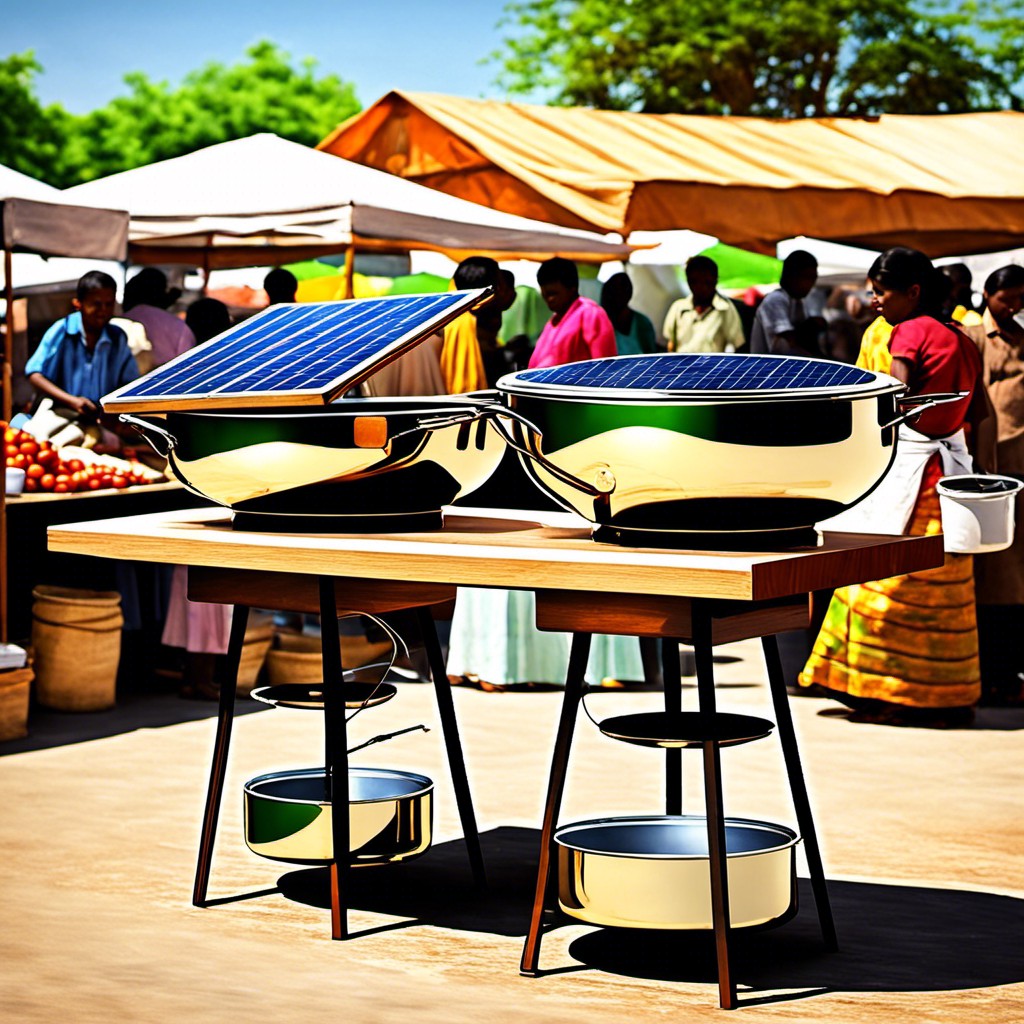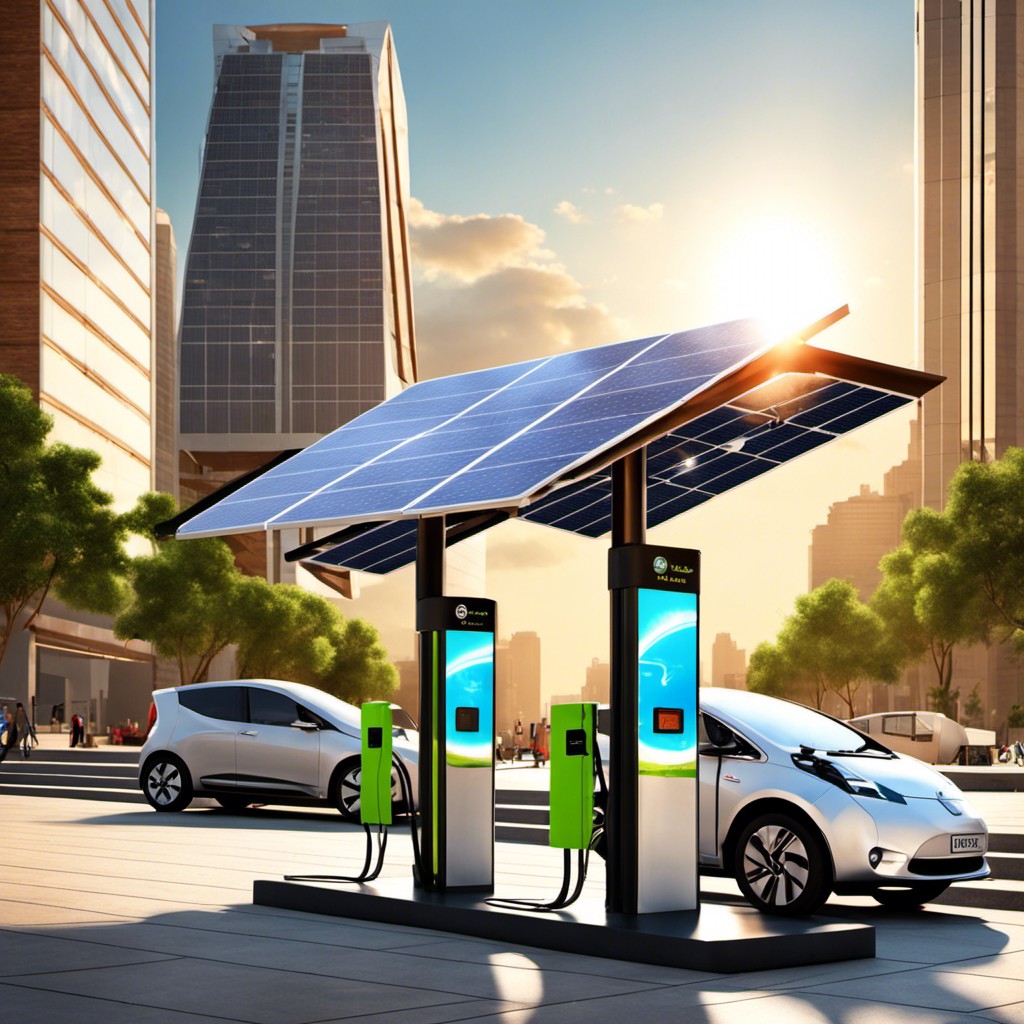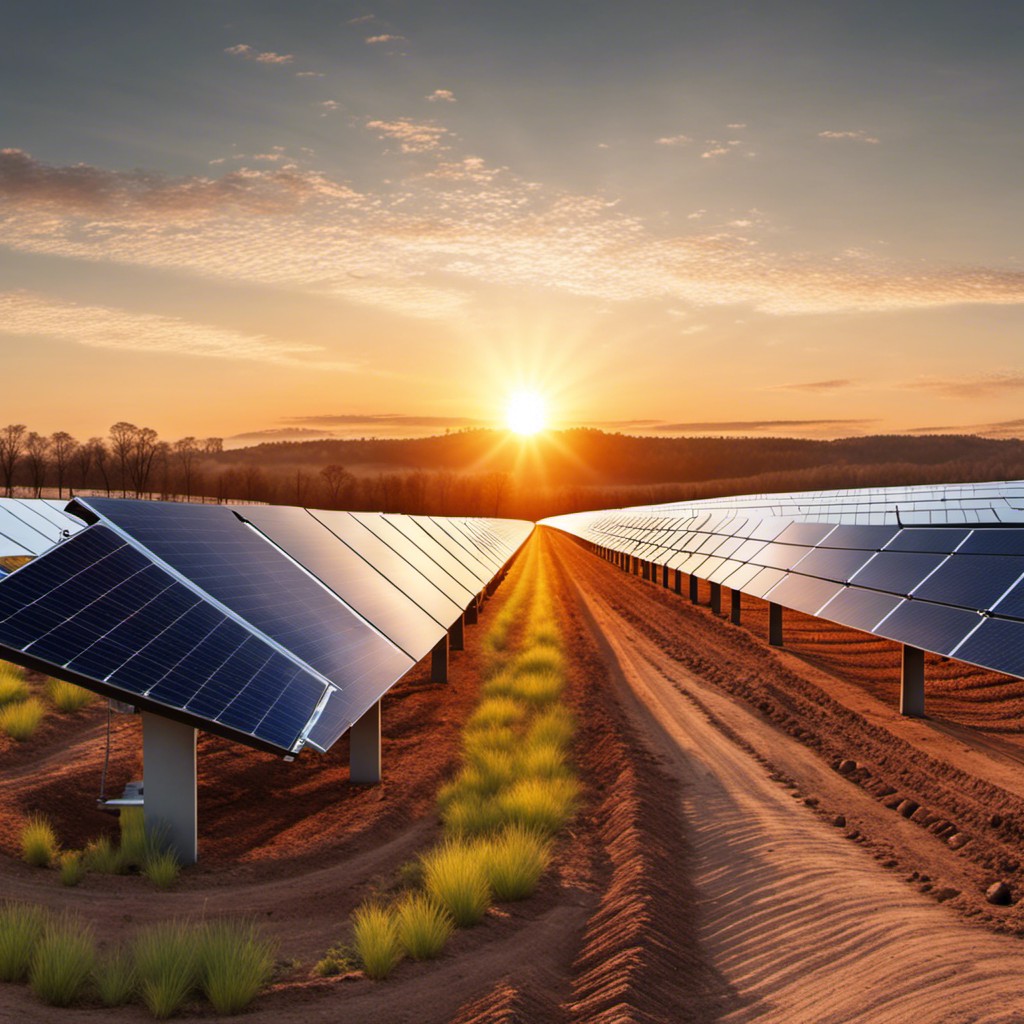Explore the dynamic growth and intriguing trends shaping the solar water heater market in this comprehensive analysis, offering a deep dive into industry statistics without leaving any stone unturned.
Diving straight into the heart of the matter, the global solar water heater market is witnessing a significant growth surge, largely driven by increasing energy prices, growing environmental concerns, and government incentives for using renewable energy.

In 2020, the market size was valued at approximately USD 2.05 billion and is expected to reach USD 3.1 billion by 2027, growing at a CAGR of 6.1% during the forecast period.
This article will delve into the key factors driving this growth, the leading market players, and the potential challenges faced by the industry.
Stay with us as we unfold the intricate layers of the solar water heater market, providing you with comprehensive data and insights.
Sources revealed that 4.1 million residential gas storage water heaters were shipped to the US in 2022
According to the latest industry insights, the US market experienced an influx of 4.1 million residential gas storage water heaters in 2022.
This substantial movement showcases the ongoing, nationwide reliance on traditional methods for water heating, stretching even into the era of renewable energy solutions.
The figure, while impressive, takes on further significance when contrasted with the sector’s evolving focus on energy efficiency and sustainable utility practices.
The global solar water heaters market size was estimated at USD 5.57 billion in 2022.
Assessed at a substantial USD 5.57 billion in the previous year, the international market for solar water heaters suggests robust growth. This figure indicates the mounting recognition of sustainable and environmentally-friendly alternatives by consumers and businesses alike.
Investment in this sector not only enhances energy efficiency but also leads to significant savings, making it an attractive option for many. As traditional energy resources become more expensive and less sustainable, solar water heaters continue to rise as a viable solution, fostering this market’s considerable expansion.
The market is projected to hit around 9.56 billion by 2023 with a CAGR of 5.6% during the forecast period 2023 to 2032
The robust growth of the solar water heater market portends a radiant future. From 2023 to 2032, the market is anticipated to surge, registering a compound annual growth rate (CAGR) of 5.6%. This significant upswing will propel the market value to an estimated $9.56 billion, nearly doubling its current standing.
Abetting this expansion is the steep global demand for more energy-efficient heating options and the growing awareness and adoption of renewable sources. The advent of technology and evolving consumer needs continue to reshape the market landscape, positioning solar water heating as a critical element in the pursuit of sustainable living.
Solar water heater has the capacity to provide low operating costs or 25-40% in winter and 75% in summer
Harnessing the sun’s energy can significantly reduce operating costs for homeowners. During winter months, solar water heaters can provide energy savings of 25% to 40%. This rises to an impressive 75% during summertime, resulting in substantial cuts in monthly utility bills. Lower operating costs are not only beneficial for personal finance but also contribute to environmental sustainability by reducing reliance on non-renewable energy sources. The uptake of such energy-efficient options is a win-win for both individuals and the environment.
Increasing demand for energy-efficient heating options is the primary driving factor of the solar water heater market
As households seek to save up on their utility bills, they’re turning to solar water heaters, a move that’s giving a significant boost to the market. With their ability to harness the sun’s power to heat water, these devices offer a highly efficient solution, reducing reliance on traditional power sources that often come at a high cost.
Furthermore, solar water heaters require minimal maintenance once installed, which translates to additional savings. Government initiatives promoting sustainable solutions further fuel this shift. Tax credits and subsidies on green technologies have made solar water heaters an appealing option, stoking the adoption rate.
The ripple effect? A robust and thriving solar water heater market.
A conventional storage tank with a 30-50 gallon insulated water tank is the most common water heater
Despite modern advancements and alternatives, traditional insulated storage tanks still hold sway in most households, boasting a capacity of 30-50 gallons.
These devices store and warm water round-the-clock for prompt use. Yet, while offering convenience, these units often consume considerable energy due to continuous heat loss from the tank.
Therefore, although their usage prevails, they inherently possess efficiency drawbacks that invite the exploration of greener, more sustainable options like solar water heaters.
Only 1% of US homes use electric heat pump water heaters for water heating
Despite the advantages of energy efficiency and long-term cost savings, electric heat pump water heaters lag significantly in adoption rate.
From across the expanse of the United States, a slim margin of a mere 1% residential properties reportedly utilize this technology for their water heating needs.
This suggests that there is untapped potential for significant growth and market penetration in the future.
Water heater is among the top 3 energy consumers in a home
As a major part of the home’s energy consumption, water heating demands significant attention. Nearly 18% of a household’s energy usage can be attributed to this operation.
It’s comfortably nestled in the top three energy-consuming components of a home, sharing ranks with space heating and cooling.
Residences commonly use a conventional storage tank with a capacity of 30-50 gallons, which are constantly heated to maintain a ready supply.
This consumption sees a surge especially during winters when demand for hot water increases.
This sobering reality underscores the importance and potential benefits of leveraging more energy-efficient options like solar water heaters.
Water heaters account for 18% of the average home’s energy usage
With the rise of energy consumption globally, it’s noteworthy that approximately one-fifth of an average household’s energy tally can be attributed to water heating. Such a significant percentage underscores the potential impact that switching to more energy-efficient methods can have.
From both an environmental and an economical perspective, solar water heaters present an advantageous alternative. By harnessing energy from the sun, these systems can substantially reduce the reliance on traditional electricity or gas-powered heating, thereby contributing to a decrease in overall home energy expenditures.
Adoption of solar water heating systems thus promises to play a vital role in the sustainable energy landscape.
An average American home uses 80-120 gallons of hot water a day
Indeed, American households represent a significant demand for hot water, with daily usage ranging from 80 to 120 gallons. This substantial consumption is due to a combination of factors, including cooking, cleaning, bathing, and heating, among other needs.
When multiplied across the entirety of the country’s residential sector, it becomes starkly evident how significant the energy requirements are for heating this volume of water. Therefore, the potential impact of incorporating energy-efficient solar water heaters into even a fraction of these homes is considerable. This underscores the growth potential awaiting the solar water heater market.
References:
- https://www.statista.com/
- https://www.precedenceresearch.com/
- https://www.rewiringamerica.org/
- https://blog.sense.com/




